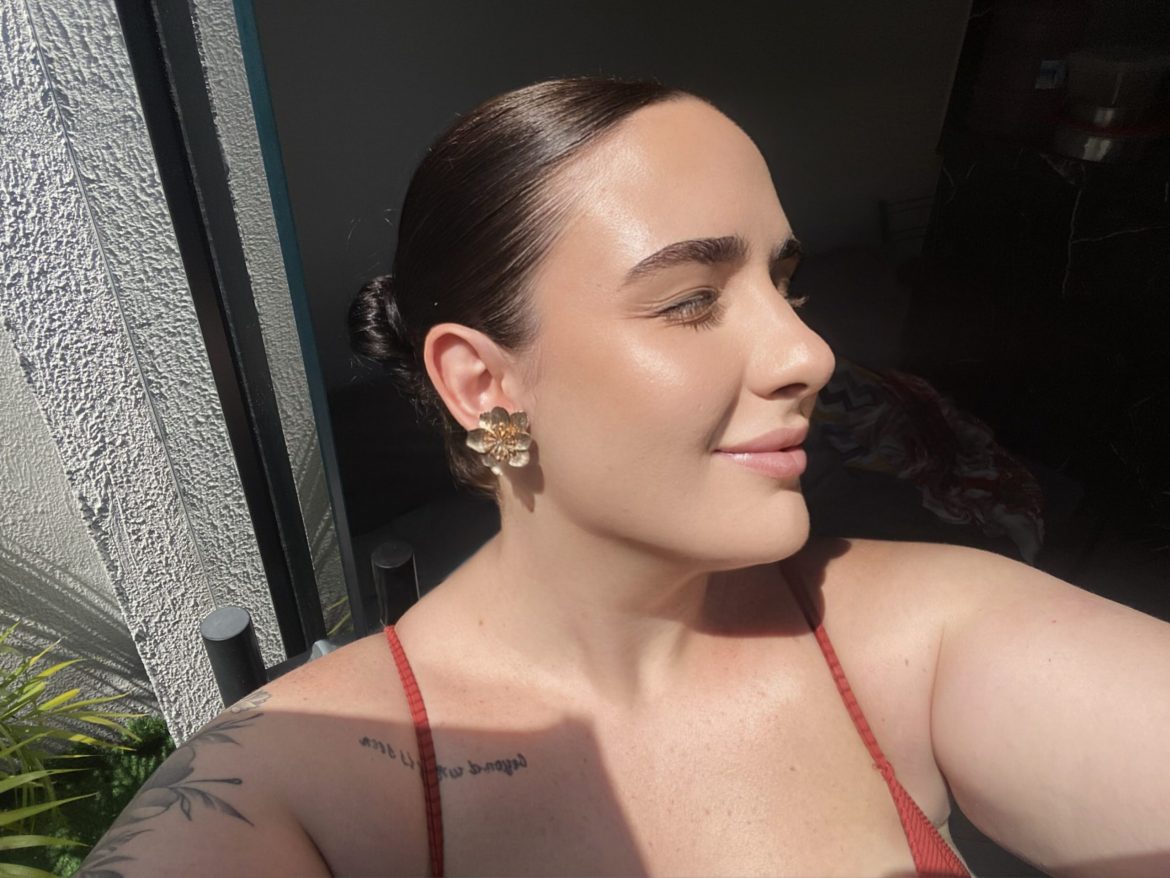When it comes to skincare, sunscreen is your number-one anti-aging product — no fancy serum can compete with its protective power. But not all sunscreens are created equal. If you’ve been reaching for a “regular” sunscreen (most likely a chemical formula), you may want to take a closer look at mineral sunscreen — the gentler, skin-friendly option that’s making waves in beauty circles.
What is mineral sunscreen?
Mineral sunscreen, sometimes called physical sunscreen, uses naturally occurring minerals like zinc oxide and titanium dioxide to physically block and reflect harmful UV rays away from your skin. Think of it as tiny mirrors sitting on your skin’s surface, bouncing the sun’s rays right back.
This is different from chemical sunscreens, which use ingredients such as avobenzone, oxybenzone, and octocrylene to absorb UV rays and convert them into heat, which is then released from the skin.
Mineral vs. regular (chemical) sunscreens — The key differences
Mineral sunscreen
- Uses zinc oxide and/or titanium dioxide to block UV rays
- Works immediately upon application
- Broad-spectrum protection that’s naturally effective against UVA & UVB
- Less likely to cause irritation, great for sensitive skin
- Environmentally friendly (in most cases)
- Can leave a slight white cast (modern tints help)
Chemical sunscreen
- Uses synthetic filters to absorb UV rays
- Needs about 15–20 minutes before becoming effective
- Often requires mixing multiple filters for full spectrum
- Can cause stinging, especially around eyes or on reactive skin
- Usually invisible on skin
Why you should make the switch
Gentler on skin
If you have sensitive skin, rosacea, acne, or post-procedure skin (think chemical peels or microneedling), mineral sunscreen is far less likely to cause redness or burning. Zinc oxide in particular has anti-inflammatory properties, making it soothing as well as protective.
Better for long-term skin health
Chemical sunscreen filters can degrade when exposed to sunlight, meaning they lose effectiveness faster. Mineral sunscreens remain stable under UV exposure, offering more consistent protection over time.
A safer choice for pregnancy and breastfeeding
Mineral sunscreens don’t penetrate the skin to the same extent as chemical filters, making them a preferred option for women who want to limit potential chemical absorption during pregnancy and breastfeeding.
Immediate protection
We’ve all been guilty of applying sunscreen just before stepping outside. With mineral sunscreen, you don’t have to wait — it starts working the moment it touches your skin.
Tips for a flawless mineral sunscreen experience
-
Look for tinted formulas to help avoid the white cast and double as light coverage.
-
Choose non-nano zinc oxide for both skin safety and reef safety.
-
Apply generously — a pea-sized dab won’t cut it; use enough to cover all exposed areas.
-
Reapply every two hours or immediately after swimming or sweating.
Mineral sunscreen is more than just a beauty trend — it’s a smarter, skin-friendly, and eco-conscious way to protect yourself from premature aging and skin cancer. With so many modern formulas that blend beautifully into the skin, making the switch has never been easier.
ALSO SEE:
Here’s how much sunscreen you actually need for different parts of your body
Featured Image: Dupephoto

